So, the beginning of the 20th century, New York, an amusement park in the area Coney Island. It was here that an unprecedented attraction was opened under the name "Great Escalator" - a moving staircase, the steps of which were so different from the usual... 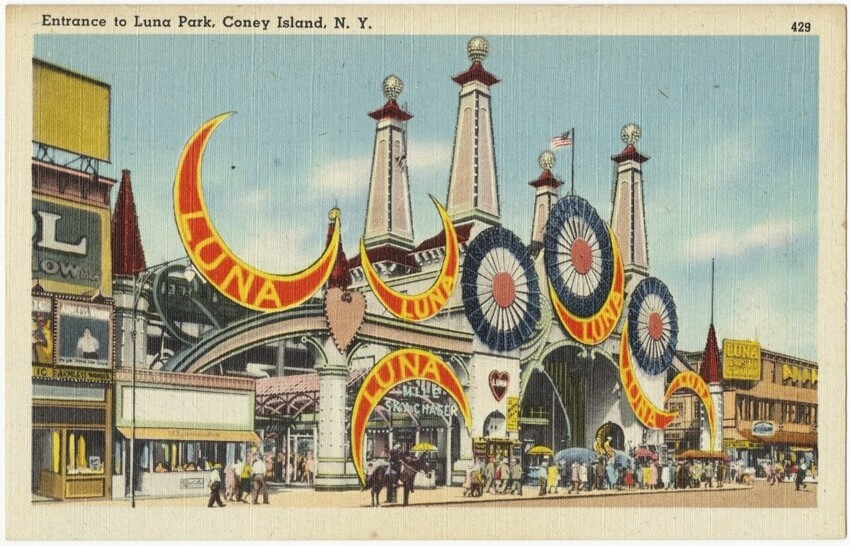
Amusement park in Coney Island
The history of the transport mechanism, without which we cannot today we can imagine neither the subway nor the mall, quite confused and complicated. Some sources claim that the first escalator was invented as an attraction for visitors in the same park rides in Coney Island, and people rode on railings there. 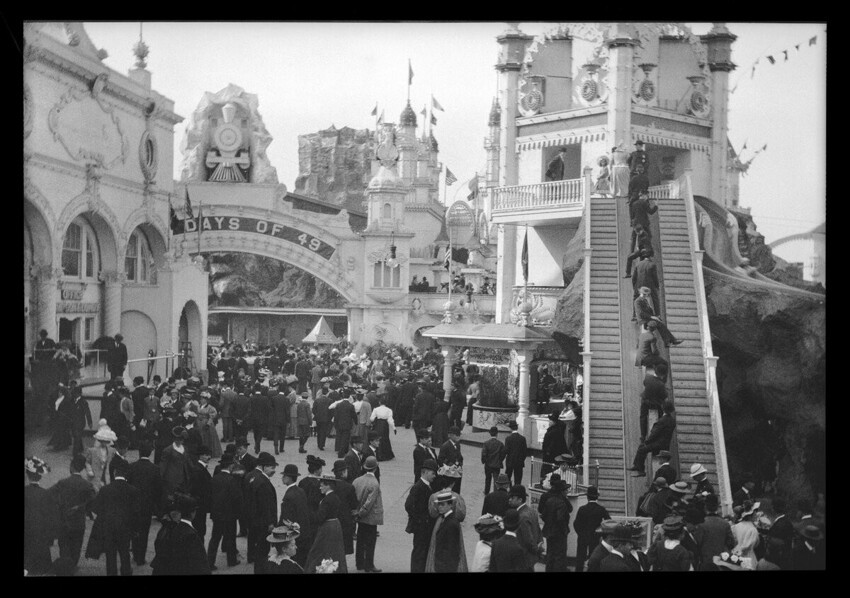
Escalator in an amusement park in Coney Island
Riding on the railing, by the way, the pure truth, there is the proof is a photograph taken in 1909. That's just for this At the moment, the escalator had already a half-century history, and was hardly invented purely for fun. 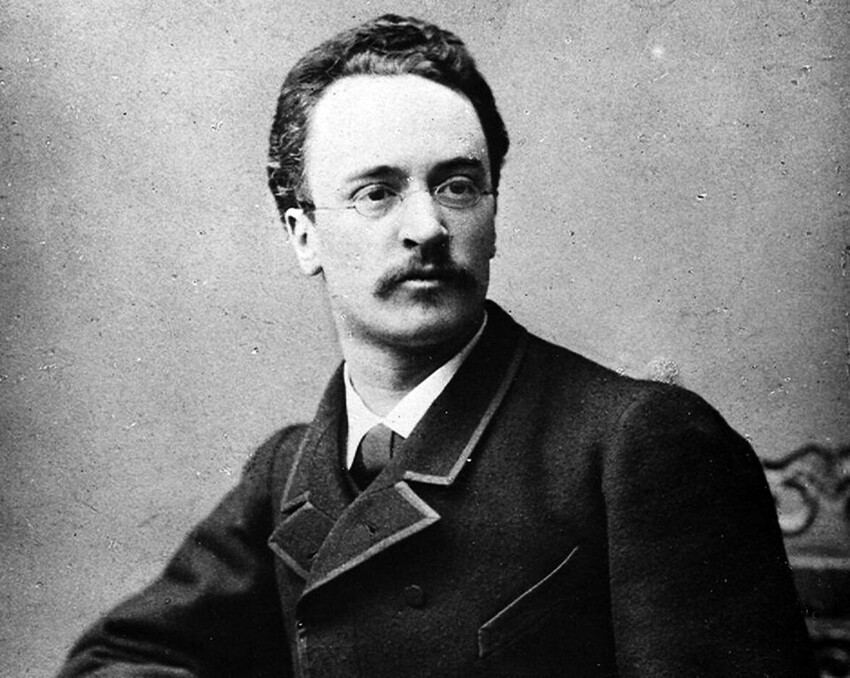
Nathan Ames
Nathan Ames - a poet, and at the same time a designer, one fine day received a patent for a revolving staircase from 1859. 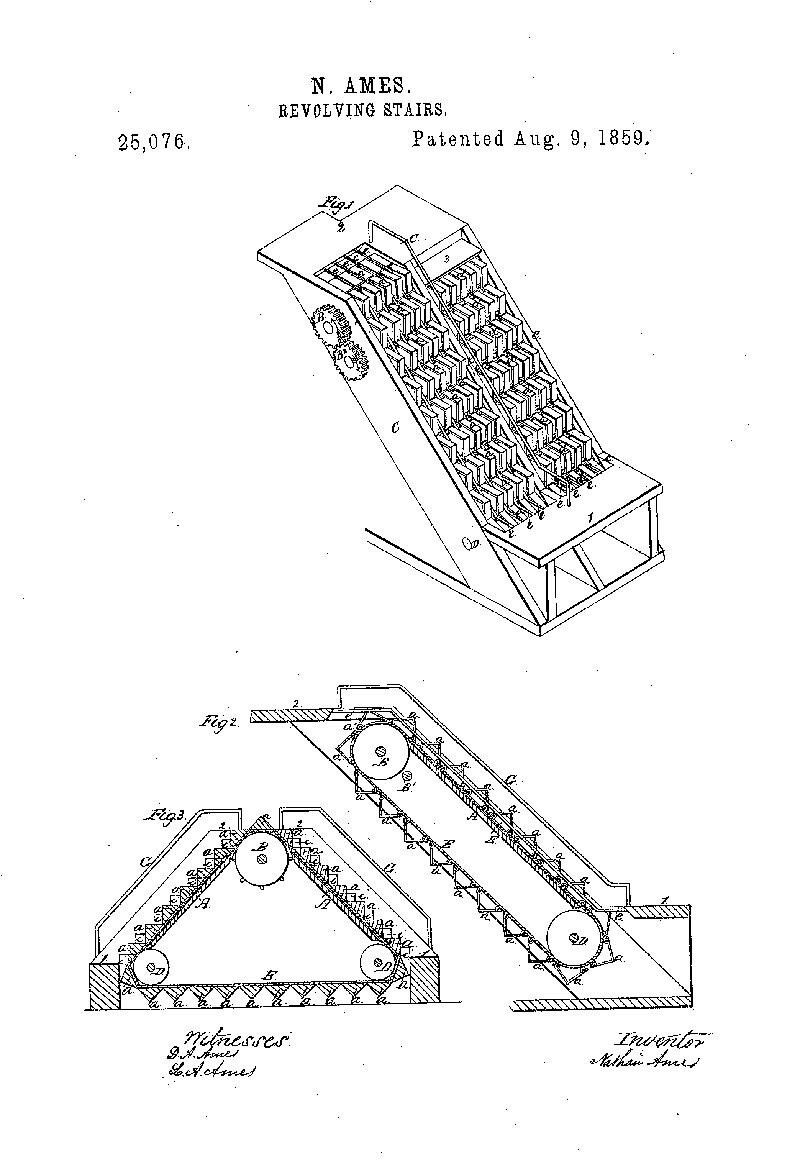
Ames patent
However, this version of the mechanism remained a project for paper, and more often the inventor of the escalator is called Jesse Wilford Renault. On March 15, 1892, he received a patent for an inclined elevator, and in 1896 demonstrated his "know-how" at the pier all in the same Coney Island. Behind two weeks, 75,000 people rode a ribbon that lifted them by 2 meters. 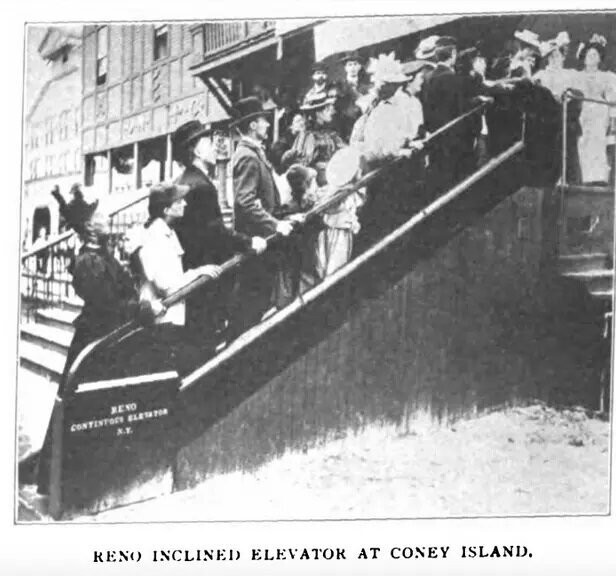
Renault escalator
At the same time, another inventor George Wheeler created his moving stairs. But then Charles appeared in the history of the escalator Seeberger.
He not only bought Wheeler's patents, but also modified invention and introduced the term "escalator" - from the French "escalade" (assault ladder). To the delight not only of the French, in Paris, on World's Fair in 1900, Seeberger presented the first real working escalator, for which he received the main prize and the "gold medal" for design. 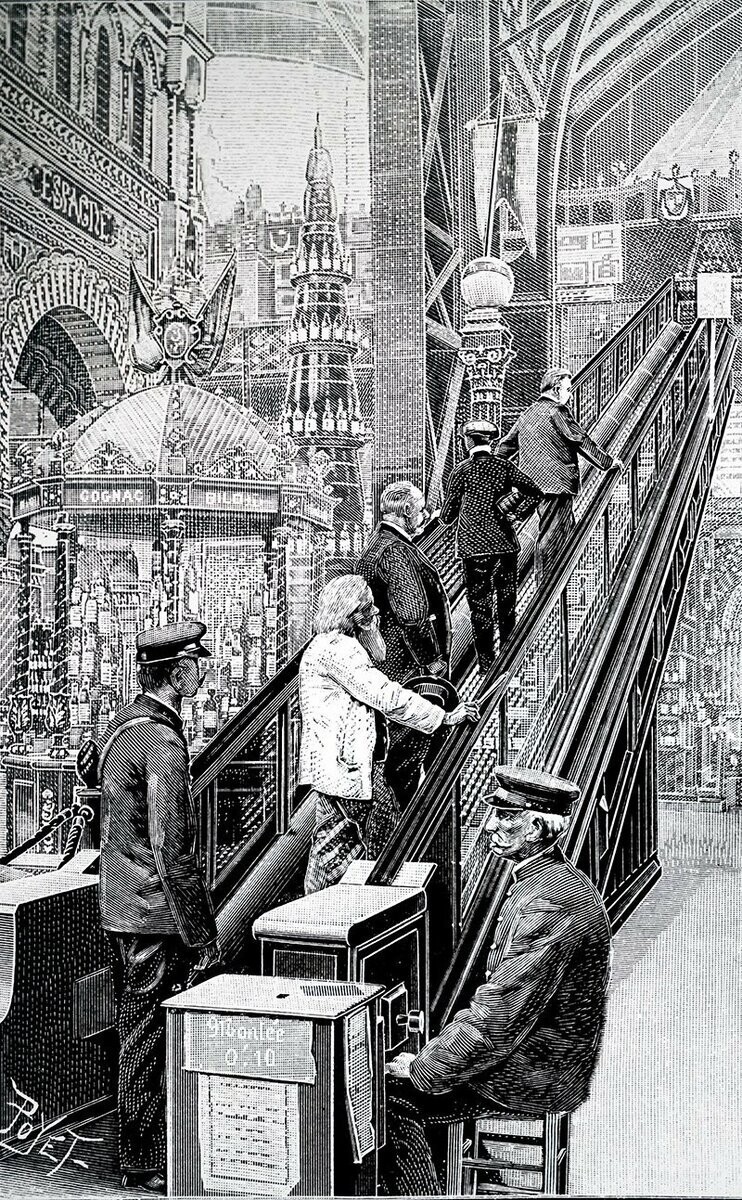
Escalator at an exhibition in Paris
So the escalator entered the life of a person. From now on there were no restrictions on the movement of a large number of people neither up nor down. The novelty was readily used by major American and European department stores, and in 1911 the first escalators were installed in underground - on the London Piccadilly line. 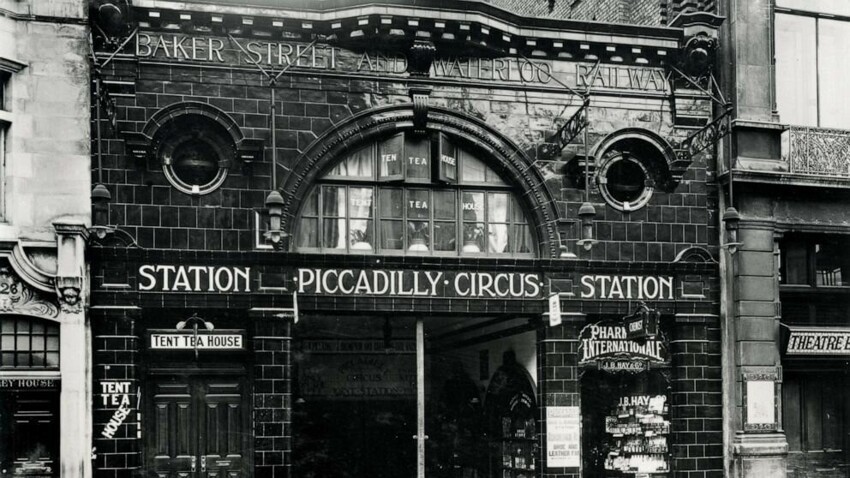
London Piccadilly line
After that, Otis bought the patents from every living then the inventors of the escalator, and in 1921 created a moving staircase that combined all the advantages of Renault models and Wheeler-Sieberger. 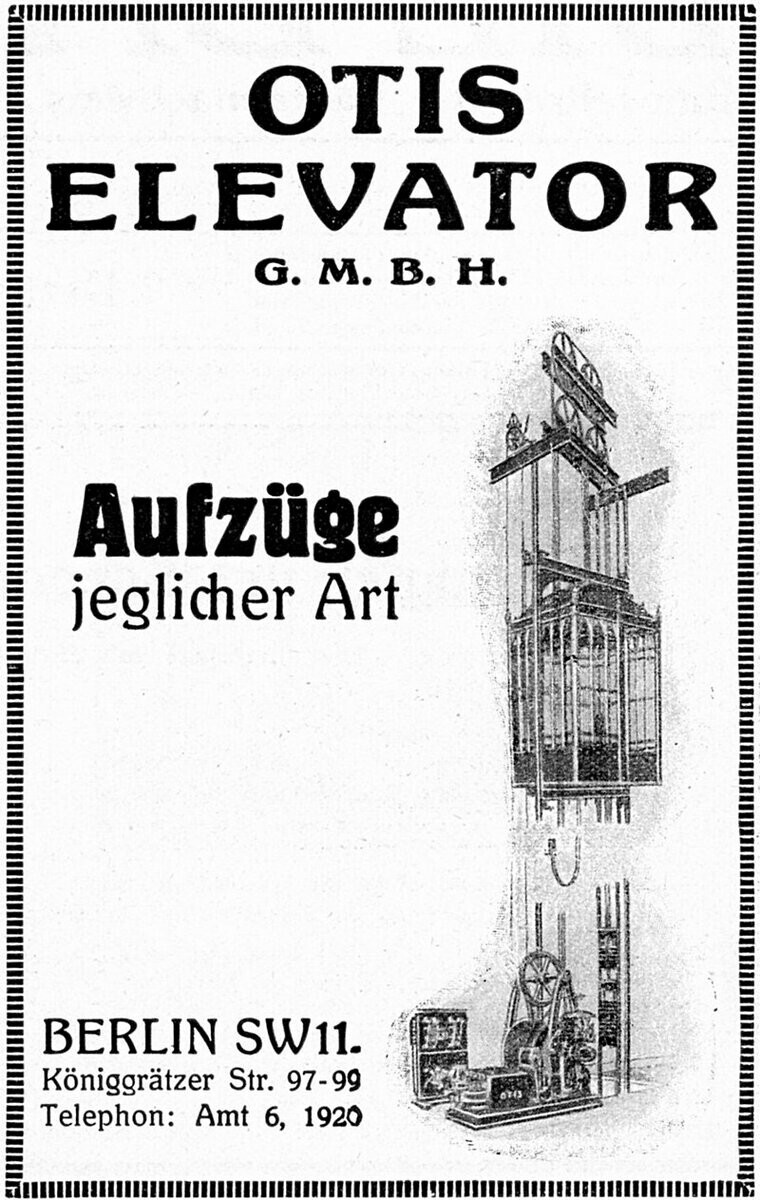
The Otis Co.
Surprisingly, the basic design principles in 100 s haven't changed in over a year. And today, standing on the steps of the escalator, a person seems to be inside a clockwork - in its very heart. At the same time, it is, as it were, both inside and outside, because the steps of the escalator are looped belt. When a person stands on his outer part, the inner one moves right under it. And maybe there is also someone going there ... I'm kidding, of course... 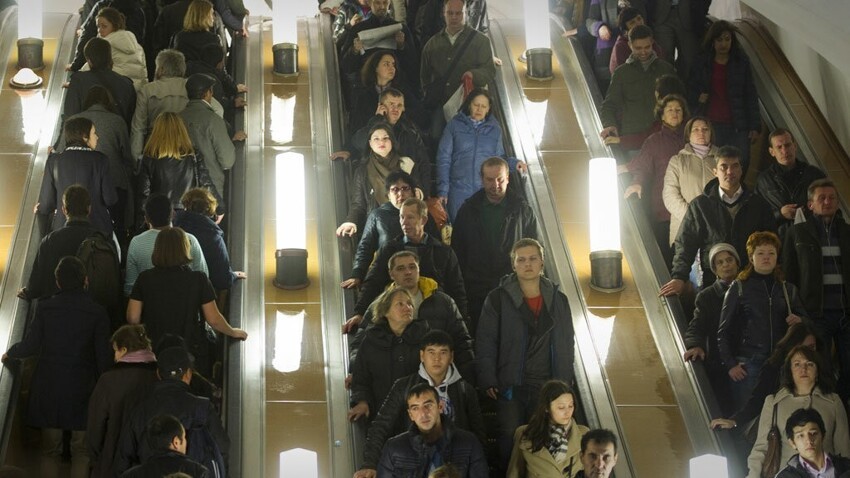
The design of the steps in 1921 already had longitudinal reliefs. This was necessary so that debris would not even get into the mechanism. the smallest trash. And for the convenience of passengers, at the same time, handrails. Do you know why they move faster than steps? Because the drive unit is slightly larger. Also, tires wear out over time. if the handrails move at the same speed as the steps, then the escalator is very old. 
When you look at how this familiar to us for all mechanism, you think: it's so simple! Moving, looped tape, and nothing more ... But Leningrad engineers thought in a completely different way 1934. And this, despite the fact that Leningrad is considered the birthplace domestic escalator. The first Soviet moving stairs weredesigned at the factory "Krasny metallist". 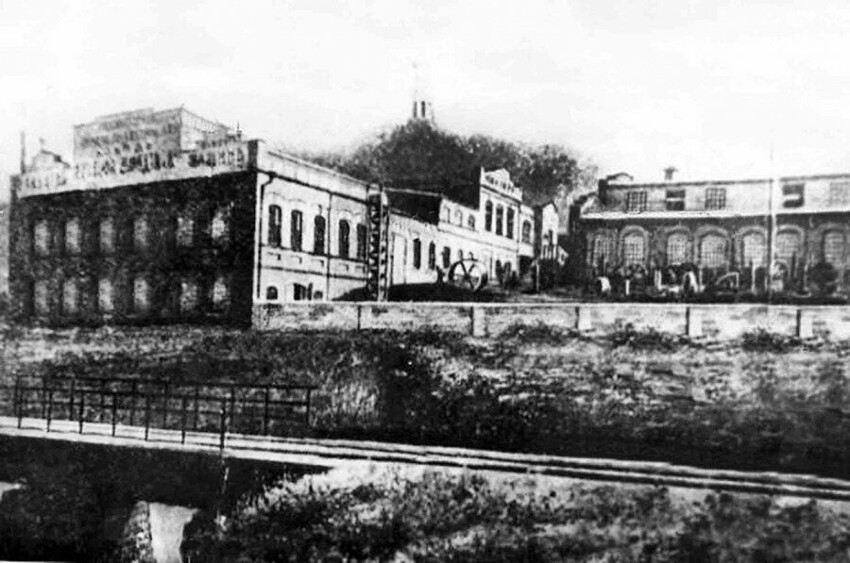
Factory "Krasny metallist"
At that time, the construction of the subway had already begun in Moscow. First line lay at a depth of 10 to 30 meters, and it was clear that without escalators are indispensable. But Western firms asked for them simply a fabulous sum - 4 million in gold. And then the Leningrad engineers there was nothing left but to create their own mechanism, which, to word, surpassed all Western counterparts. And this despite the fact that at the factory "Red metalworker" the designers, as a hint, had only advertising booklets of foreign escalators and stories of those who happy to ride them. 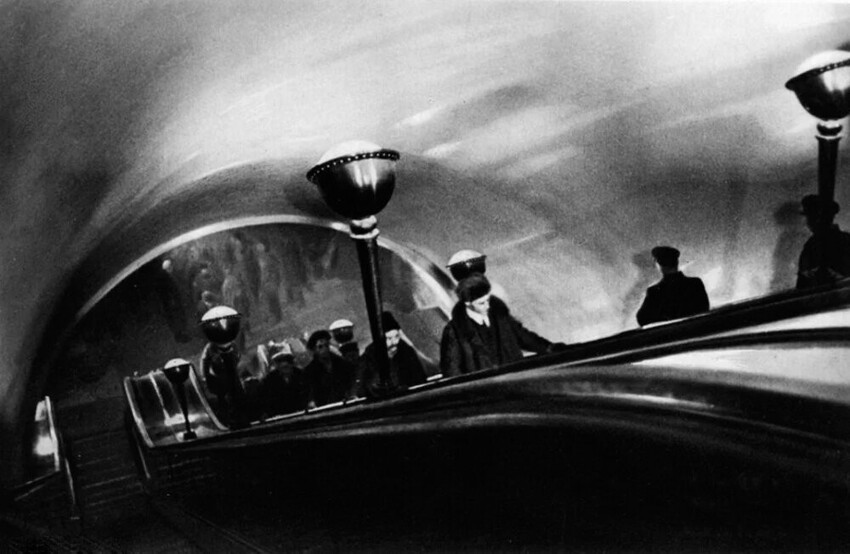
Escalators at Okhotny Ryad Moscow metro station
On February 6, 1935, the work of the first escalator "N-30" was demonstrated by chief designer Andrianov. The model had more than 150 thousand units and parts, the same number of attachment units and 5 thousands of mounting gaskets. Abroad, such mechanisms appeared only at the end of the 50s of the 20th century.
Do you know which escalators in the St. Petersburg metro are the most long? At the stations "Chernyshevskaya" and "Lenin Square" are moving stairs 130 meters long. And the record belongs escalator on "Admiralteyskaya" - its length is 138 meters. 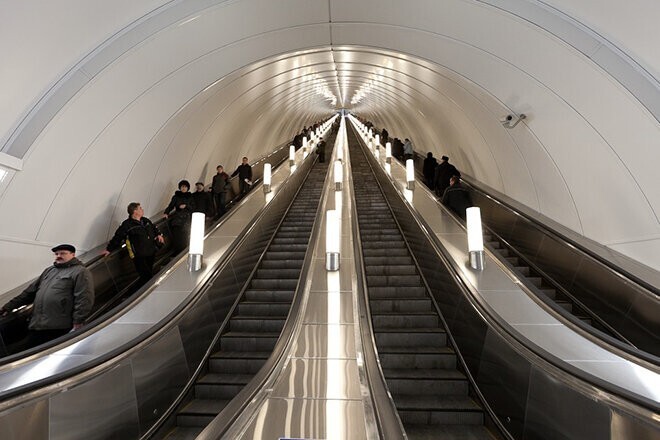
Metro station "Admiralteyskaya"
In addition to the metro, not a single shopping center can do without an escalator. center. And the fact that moving stairs are located there on a certain distance from each other - not an accident and not an engineering calculation, but cunning marketing ploy. While mall visitors go from one escalator to another, they will definitely look into everything shops along the way. 
Add your comment
You might be interested in:






















